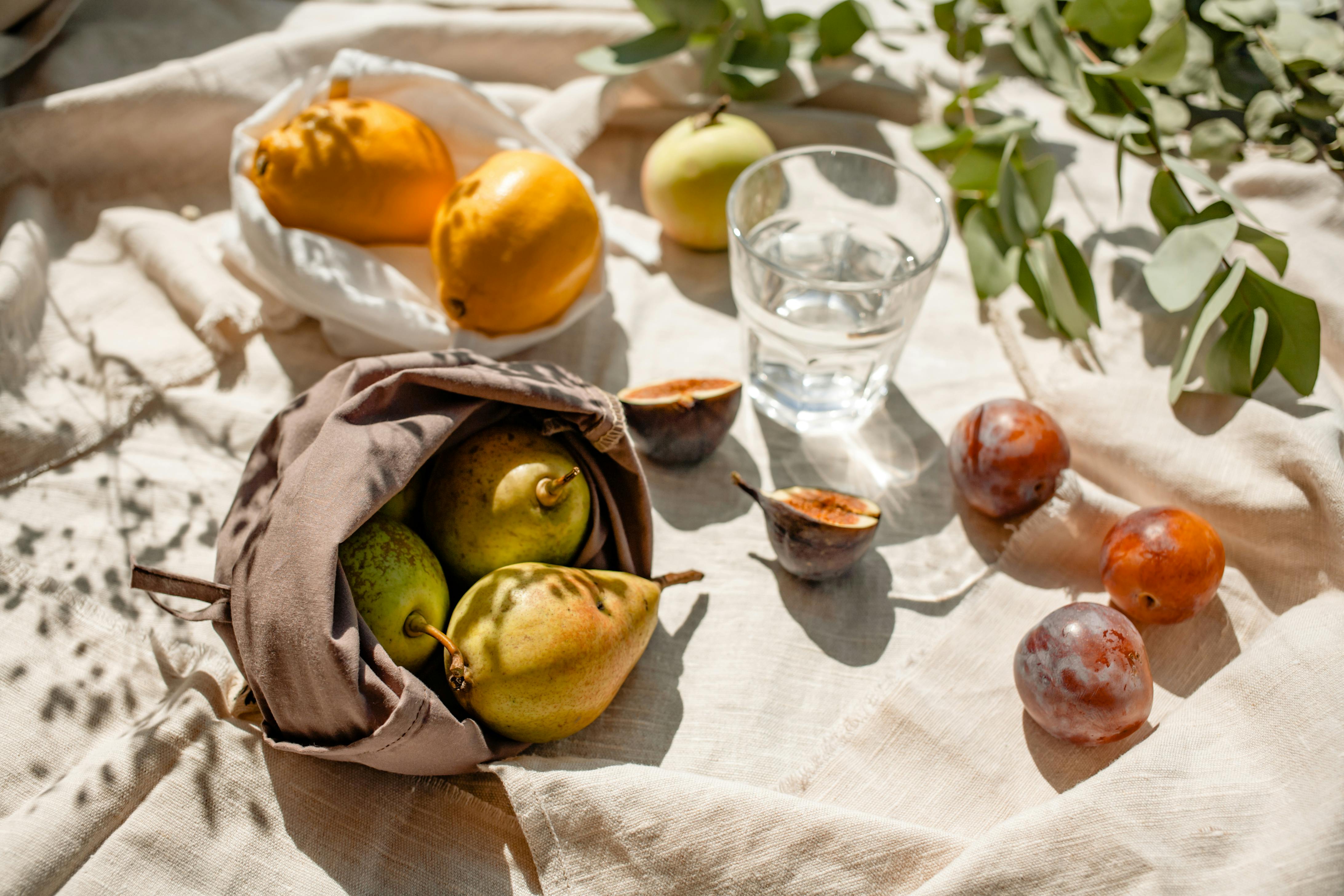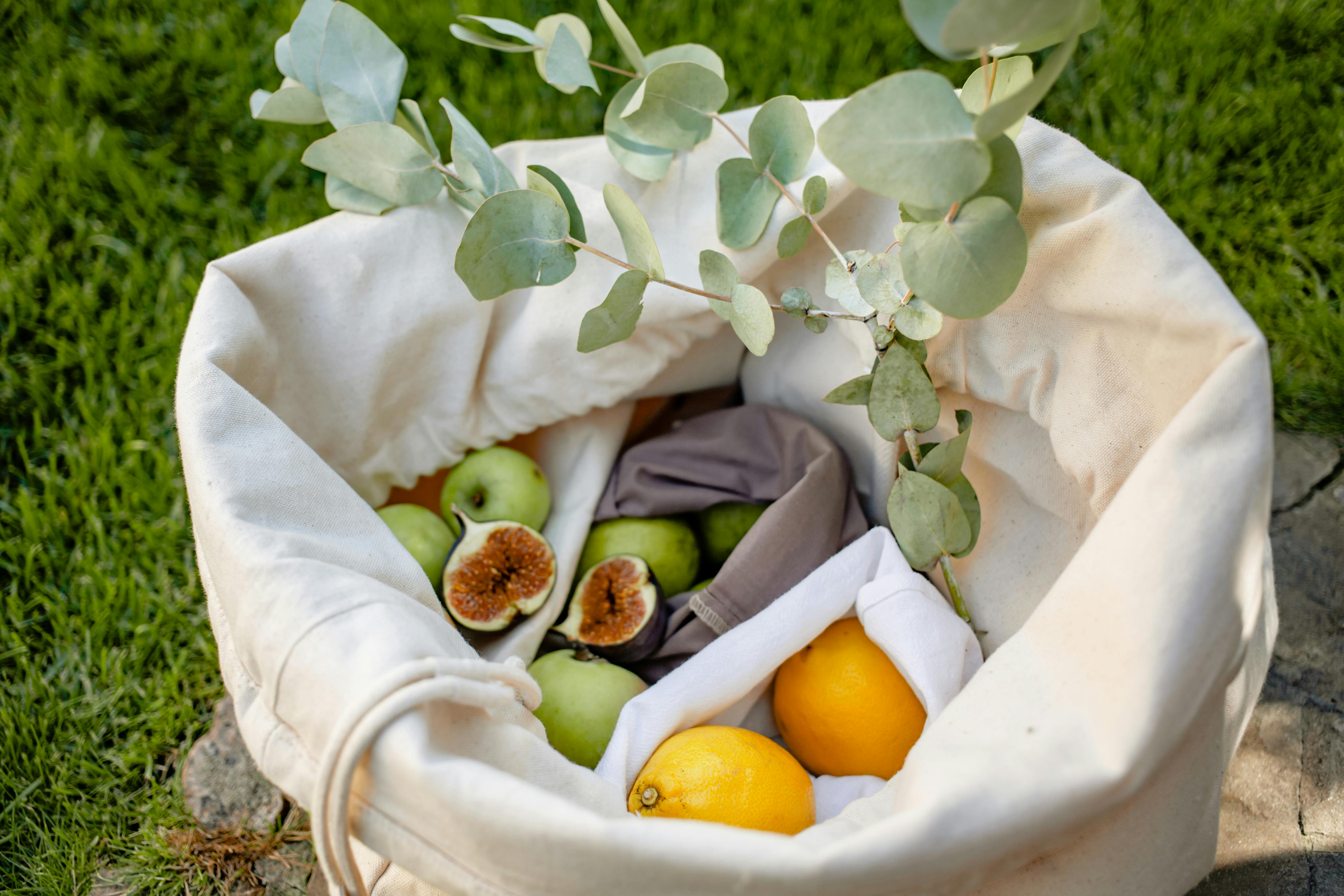Where Do Fiddle Leaf Figs Grow?
Fiddle leaf figs (Ficus lyrata) are native to the tropical rainforests of West Africa, primarily in Cameroon, Ghana, Ivory Coast, Liberia and Nigeria. They are known for their large, glossy green leaves and unique shape. Fiddle leaf figs have become increasingly popular houseplants in recent years due to their easy care requirements and attractive appearance.Fiddle leaf figs thrive best in warm, humid environments with bright indirect light. They can be grown outdoors in USDA hardiness zones 10 and 11, although they may not survive if temperatures drop below 40°F (4°C). If grown indoors as houseplants, they should be placed near a sunny window or under a grow light. It is important to ensure that the plant does not receive direct sunlight as this can cause its leaves to burn.
When growing fiddle leaf figs outdoors or indoors, it is important to provide the plant with plenty of moisture. The soil should be kept moist but not waterlogged. Regular misting is also recommended to help increase the humidity around the plant. Once the plant has established itself, it can tolerate some drought conditions but prolonged dryness could cause it to become stressed or even die.
Overall, fiddle leaf figs are relatively easy to care for when given the right conditions. With proper care and maintenance, they will reward you with lush foliage and a unique decorative element for your home or garden!
Do Fiddle Leaf Figs Fruit?
Fiddle Leaf Fig trees, also known as Ficus lyrata, are popular houseplants that can be found in many homes. While these trees are often grown for their large, waxy leaves and attractive appearance, some people are curious to know if they will fruit. The answer is yes – Fiddle Leaf Fig trees do produce fruit.The fruit of a Fiddle Leaf Fig tree is small and oval-shaped, with a yellow-green color. The taste of the fruit is somewhat bitter and acidic, which makes it unpopular as a food source. However, some birds may enjoy eating them on occasion.The fruit of the Fiddle Leaf Fig tree is not its main attraction; rather, many people grow it for its ornamental value. These trees make an excellent addition to any indoor space or outdoor garden due to their large leaves and attractive appearance.In order to get your Fiddle Leaf Fig tree to produce fruit, you must provide it with ample sunlight and water. Once these conditions are met, the tree will begin to flower and eventually produce fruit. It is important to note that while the tree does produce fruit, it’s not very abundant; you should expect only a few fruits each season.Overall, growing a Fiddle Leaf Fig tree can be rewarding due to its beauty and ability to produce small amounts of fruit. If you’re looking for an attractive houseplant that will also provide some edible treats for birds or other wildlife in your area, then this may be the perfect choice for you!How Many Fruits Does a Fiddle Leaf Fig Produce?
Fiddle leaf figs are popular decorative plants that are known for their large, fan-like leaves and deep green coloring. While they may not be a common fruit-bearing plant, fiddle leaf figs can actually produce small yellow or orange fruits. The fruits are small and not particularly tasty or nutritious, but they do help the plant reproduce and spread its seeds.The amount of fruit produced by a fiddle leaf fig will depend on several factors, such as the age of the plant, the growing conditions, and how it is cared for. Generally speaking, mature fiddle leaf figs can produce up to ten fruits per season. Younger plants may produce fewer fruits, while plants that are well-cared for may produce more.
Fruits tend to ripen in late summer or early fall when temperatures are warmer. When the fruits begin to turn yellow or orange, they have reached full ripeness and should be picked before they fall off the tree. If left on the tree too long, the fruits may rot or be eaten by birds or other animals before they can be harvested.
In order to get the most fruit from your fiddle leaf fig tree, it’s important to provide it with proper care and attention throughout the year. This includes giving it enough light and water and ensuring that it is free from pests and disease. Additionally, pruning your tree can help promote better fruiting by allowing more light to reach its leaves and encouraging new growth where flowers and fruits can form.
Overall, while fiddle leaf figs may not produce a large number of fruits each season, they can still be an interesting addition to your garden or home decor. With proper care and attention throughout the year, you may even be able to enjoy a few ripe fruits each year!
Does the Fiddle Leaf Fig Produce Any Fruit That Starts With L?
The Fiddle Leaf Fig is celebrated for its lush, glossy leaves, but it doesn’t typically produce fruits beginning with l. Although this popular houseplant is admired for its aesthetic appeal, gardeners should know it rarely bears fruit, especially when grown indoors. Seek alternative plants if fruit is desired.
What Does a Fiddle Leaf Fig Fruit Look Like?
Fiddle Leaf Fig (Ficus lyrata) is an attractive, easy-to-care-for houseplant that can produce beautiful, fig-like fruits. These fruits are a brownish color and have a bumpy texture. They are typically about the size of a marble and can range from dark brown to light tan in color. The fruits have a leathery skin that is smooth to the touch and slightly sweet in flavor. Inside the fruit is a single seed surrounded by a gelatinous pulp. The pulp has an acidic taste and is not very sweet.The fruits of the Fiddle Leaf Fig tree are edible, though they can be quite tart when eaten raw. They are often stewed or made into jams or jellies to enhance their sweetness. The seeds of the fruit have also been roasted and used as a coffee substitute or as an additive for baking recipes.Fiddle Leaf Fig trees can be grown both indoors and outdoors, though they require more sun when grown outside in order to produce fruit. When grown indoors, these trees need plenty of light and should be kept away from drafts and direct heat sources such as radiators or air conditioning vents. It’s best to keep the soil evenly moist but not soggy while the tree is actively producing new leaves and flowers; however, during the winter months when there is less activity this should be reduced slightly so that it doesn’t become too wet or damp.
Fiddle Leaf Fig Trees Bearing Fruit
Fiddle Leaf Fig Trees are popular houseplants that are known for their attractive, large leaves. These trees are relatively easy to care for, and when looked after properly, they can produce a surprising and beautiful fruit. Although these trees do not always bear fruit, when they do, it is an exciting event that should be celebrated!Fiddle Leaf Fig Trees will usually begin to bear fruit when they reach maturity. This usually occurs after two to three years of growth and proper maintenance. The trees typically flower in the summer months and then bear the fruit a few weeks later. Most of the fruits mature in early fall, although some can take a bit longer depending on the specific tree species.In order for the Fiddle Leaf Fig Tree to produce fruit, it must be exposed to certain environmental conditions. It needs plenty of sunlight and should be kept in temperatures no lower than 55 degrees Fahrenheit during the winter months. The tree should also be fertilized regularly with a balanced fertilizer that is high in phosphorus and potassium. Proper watering is also important; keep the soil moist but not soggy.Once the fruit has matured, it’s time to harvest it! Carefully remove each piece of ripe fruit from the tree and store it in a cool place until ready to use. The fruits can be eaten fresh or cooked into jams or sauces – they have a sweet flavor that’s similar to that of apricots or peaches.Harvesting Fiddle Leaf Fig Tree fruits may not happen every year, but when it does occur it’s an exciting event! With proper care and maintenance, these trees can make an impressive addition to any home garden with their vibrant foliage and sweet-tasting fruits.Are Fiddle Leaf Fig Trees Self-Pollinating?
No, fiddle leaf fig trees are not self-pollinating. These trees require cross-pollination in order to produce fruit. Cross-pollination occurs when pollen from one plant is transferred to another, usually by wind or insects. Fiddle leaf figs do not naturally self-pollinate because they have anthers that are too long for the pollen to reach the stigma on the same flower. In order for fertilization to occur, it must be done artificially by hand.Hand pollination requires some knowledge and skill, so it is important to understand how it works before attempting it. First, you will need to identify the male and female parts of a flower. The male part of a flower is the anther which produces pollen and the female part is the stigma which receives pollen from other flowers. Next, you will need to collect pollen from a male plant and transfer it onto the stigma of a female plant using a small paintbrush or cotton swab. Finally, you will need to cover the stigma with something like plastic wrap or cheesecloth in order to ensure that no other pollen gets onto the stigma and interferes with fertilization.
In conclusion, fiddle leaf fig trees are not self-pollinating and require cross-pollination in order to produce fruit. Hand pollination can be done but requires knowledge and skill in order for it to be successful.
Harvesting the Fruit From a Fiddle Leaf Fig Tree
Harvesting the fruit from a fiddle leaf fig tree can be a rewarding experience, but it’s important to do it correctly to avoid damaging the tree. The best time to harvest the fruit is when it has ripened and is fully developed. This usually occurs in late summer or early fall. When harvesting, always use sharp pruning shears and be careful not to damage other branches or leaves. Cut at an angle near the stem and gently twist and remove the fruit from the stem. If necessary, you can also use a ladder or step stool to help reach higher branches. It’s important to harvest all of the fruit from the tree as soon as possible, since any remaining fruit will attract insects that can cause further damage. After harvesting, make sure to clean up any fallen debris from around the tree.Once you’ve harvested your fiddle leaf fig fruit, you should store it in an airtight container and keep it in a cool location until ready for use. Fiddle leaf fig fruits are highly perishable and should be used within a few days of harvesting for optimal flavor and texture. Enjoy your delicious fiddle leaf fig harvest!

Conclusion
The Fiddle Leaf Fig is a unique and beautiful plant that adds a touch of elegance to any home. It is an easy plant to care for, and it can survive in almost any climate. Despite its delicate appearance, the Fiddle Leaf Fig is quite hardy and will thrive with minimal care. The fact that it does not produce fruit makes it an ideal houseplant for those who are looking for something both beautiful and low maintenance.No matter what kind of environment you have, the Fiddle Leaf Fig can be a great addition to your home. With its lush foliage and vibrant leaves, this unique plant will instantly bring life to any room. And with minimal effort, you can keep it happy and healthy year-round!


